The Fujifilm $2,500 X-H2s is the company's most capable video/stills hybrid yet: a 26MP X-mount mirrorless camera built around a Stacked CMOS sensor. It is the successor to 2018’s X-H1 and will launch on July 7th for $2,499 (without a lens).
We were given an opportunity to get hands-on with the Fujifilm X-H2s to give our first impressions on the new camera. We were also able to capture sample photos, so you can see for yourself how the camera performs.
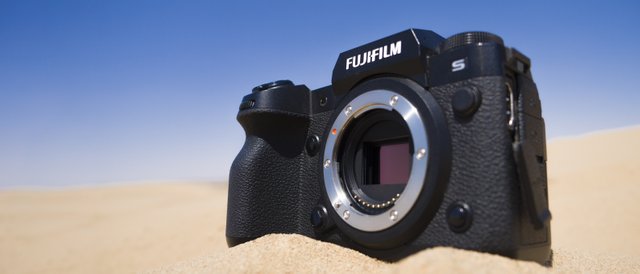
Body and Handling
The X-H2s inherits the basic shape of its predecessor--the X-H1, featured a fairly substantial grip and a top-plate display.
The top-plate display, usually seen in mid- and high-end cameras, means a lot for stills photographers, facilitating them to capture in an efficient way. In addition, there are some new designs on the X-H2s.
One significant upgrade that the X-H2s has over the rest of the X-series is its 5.76-million dot OLED viewfinder, which has a 0.8x magnification and 120fps refresh rate. As a result, we found it delivered an excellent view of our footages.

On the front panel, the previous AFS/AFC/MF control has been transformed into a single customizable button. The new design cuts both ways. On one side, it becomes a little bit more complex for previous Fujifilm users since it now needs 3 times of press to switch between different focus modes. While on the other side, it also has advantages. That is to give more flexibility, in other words, more buttons are assigned to be customizable, making it easier for users to form their own habits of use.
There are also four buttons that run alongside the camera's top-plate display: [REC], ISO, WB and an unmarked custom button. Each of these can be customized, as can the 'View Mode' button on the side of the viewfinder and the AF-On, AEL and Q buttons on the back of the camera. Including the two buttons on the front panel, that gives the X-H2s ten customizable buttons altogether.
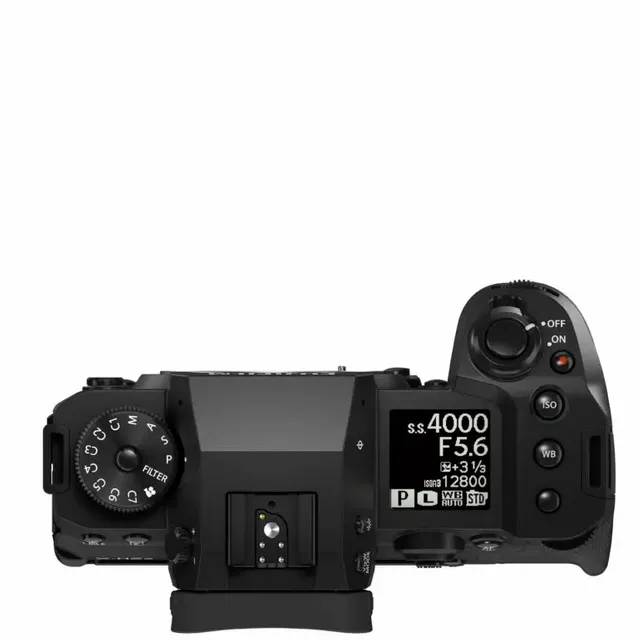
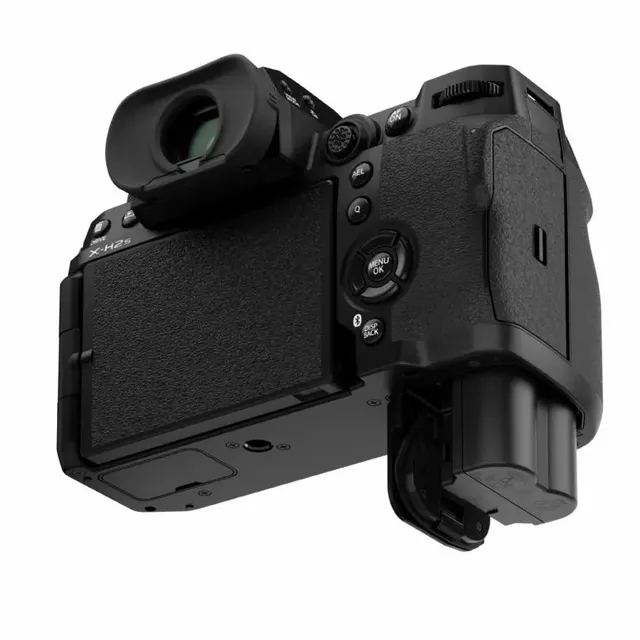
The first item in the video menu of the X-H2s is changed to "Video Setting List". Here you can directly check and adjust current shooting parameters, in-body and HDMI external recording parameters, without the need to adjust elsewhere. It's highly recommended to integrate these into the shortcut menu, for better experience.

The X-H2s comes with a Stacked CMOS sensor for a significant increase in camera's readout speed, allowing itself to capture full-resolution images at up to 40 frames per second but also boosts how frequently the sensor can provide data for AF calculations.
Fujifilm says the adoption of the Stacked 26MP X-Trans sensor makes the X-H2s 3.6x faster than the X-T4. Together this allows video at higher frame rates, more sophisticated AF, high-speed continuous shooting, and a larger buffer to accommodate this speed.
Dual slots
The X-H2s becomes the first X-series camera to use a card format other than SD, with a CFexpress Type B slot being used for its highest quality video capture, such as ProRes capture and shooting continuously at 30fps with the electronic shutter, the birates of which are far way from the limits of UHS-II SD cards.
Extended ports
On the other side of the camera there are a full-sized HDMI port, a type-C socket, a Mic port and a 3.5mm headphone jack. The fact that how important a full-sized HDMI port is for video photographers is of course obvious. In addition, the type-C socket supports charging and using at the same time, which is a practical solution to extended shooting period.
Battery
The X-H2s uses the same NP-W235 as the X-T4 and GFX100S did. According to the official data, a single battery can capture 720 shots; shoot [4K] 3840x2160 at 59.94p or H.264 at 100Mbps for around one and a half hour at 25°C (77°F).
Video Recording
Also enabled by the faster sensor/processor is a big boost in video specs. The X-H2s supports 6.2K video at 30 fps. We have been lucky to get through its prowess during our outside shooting trip in Inner Mongolia, China.
High-resolution 6.2K is advantageous in its various composition choices. For example, DCI 4K, UHD 4K and Full HD videos can be oversampled from 6.2K with no cropping and thus finer image quality.
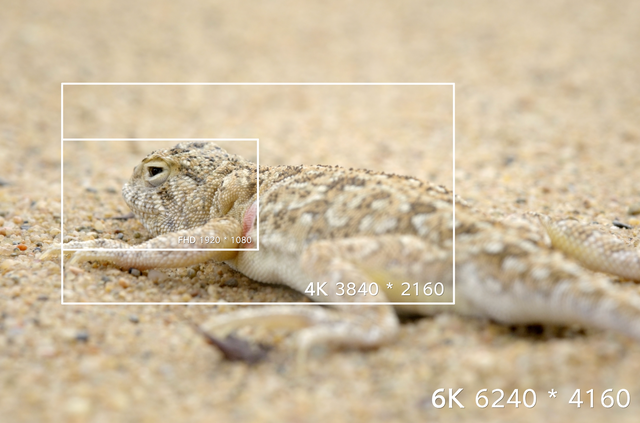
Another bonus of high resolution is that it is easy to complete stabilization in post.
The following figure is a comparison of the same material on a 6K (3:2) sequence with post-stabilization and without stabilization. We found that there was not much cropping to meet the stabilization need of 6K footages, so did 4K and FHD footages.

In addition, 6.2K high resolution can better meet the vertical video shooting needs of some users.
DCI 4K/UHD 4K supports high frame rate video recording at 59.94p which is crop-free, allowing for lossless secondary composition in FHD video sequences later. The X-H2s supports 4K/120p capture (5x slow motion), which can continue to be cropped to FHD and FHD/240p(10x slow motion). There's a 1.38x crop for the camera's FHD videos.


While this will discard synchronized audio recording, autofocus is still workable.
The X-H2s offers newly added internal ProRes capture options and lets you shoot 10-bit 4:2:2 or 4:2:0 in your choice of All-I or LongGOP, for all its resolutions and framerates.
The ProRes format of a hefty bitstream of 2745 Mbps is highly recommended for those who pursue extremely high-quality videos without concerns about storage and post-production.
Besides, through an external HDMI equipment, you can record 6.2K and 4.8K RAW.
Some may concern about the heat issue, we will subsequently schedule time to do a special test for that.
In fact, Fujifilm has designed a solution, which calls for the installation of an external cooling fan through the port on the X-H2s body.
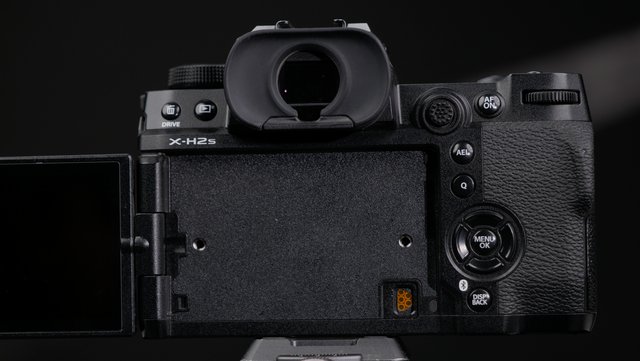
Fujifilm has shown its determination on improving the AF function through the X-H2s, with advanced speed and accuracy. The AF system is available in all stills and video shooting mode.

Meanwhile, the AF algorithms can do prediction for moving subjects, while allowing for recognizing humans (face/eye), it can also detect animals, birds, cars, bikes, airplanes and trains.
Large aperture

Small proportion

Back light

Covering the face

In practice, the autofocus tracking function is really satisfactory in terms of speed and accuracy.
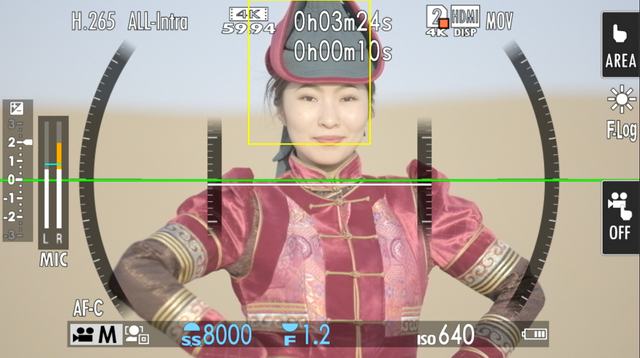
Other subjects
bird

animal

motor

car

airplane

The X-H2s can follow the focus well when the object is moving even shooting in a low-contrast situation. When there is foreground blocking, the focus will change, but it will quickly return when the blokage leaves. To deal with it, you can press the AF-ON focus lock.

In addition to problems mentioned above, there is a common problem: how to select the focus point when there are many subjects in the frame. We hope that Fujifilm will recognize and address this issue through firmware update in future.
F-Log 2
The X-H2s is the first X-Series camera to contain F-Log2, which offers 14 stops of dynamic range for presenting as much information as possible in any contrast scene.

Thanks to the new 26-megapixel Stacked CMOS sensor, the X-H2s permits blackout-free shooting up to 40fps with its electronic shutter and a 15fps burst rate with its mechanical shutter — while maintaining continuous autofocus tracking.

Faster data processing speed means a lower rolling shutter effect, almost without distortion in the image.

.gif)
Stabilization
The X-H2s features an all-new five-axis, in-body image stabilization mechanism, which offers support to the OIS-featured lens and electronic stabilization mode.
Below was shot with a 70-300mm lens, with IBIS/OIS and DIS on, and you can see the image is smooth.

The X-H2s is the first among Fujifilm X-series gears giving the access to the "Nostalgic Negative" mode, which is suitable for both stills and video shooting.
(image credit: Aaronsky)
When using the mode, it is recommended to turn on the in-body 400% DR (Dynamic Range) option to better balance the highlights and shadows in large light ratio environments.
The X-H2s is said to adaptative in various conditions, such as sand, rain, snow and low temperatures. Since our shooting was done in the desert, we deliberately let the sand directly hit the machine and lens to test its protection. As you can see, it performs well.

For anyone looking to photograph sports, wildlife, or any sort of fast-moving action, the X-H2s is by far the most exciting camera in the Fujifilm lineup thus far.

On top of that, Fujifilm has a wide range of product lines available. For example, the X-S10 is a cost-effective. If your budget is limited, the X-S10 can be an alternative for relatively good video quality; the retro-style X-T4 is still a necessary consideration for many people to purchase a camera.

We feel more confident in X-mount lens with the launch of the Fujifilm XF150-600mm F5.6-8 R LM OIS WR and XF18-120mm F4 LM PZ WR. It may show a sign that Fujifilm will focus more on lens development in future. The Fujifilm X-mount lens group needs to be expanded with more lenses designed for video shooting, featured stronger following focus performance, weaker breathing effect, and so on.
Verdict
The X-H2s comes with an all-new 26.2-megapixel stacked CMOS sensor and a raft of impressive features including 40 fps blackout-free burst shooting, 6.2K 30fps video, AI-driven autofocus tracking system and so on.

It is exaggerated to say it is the most powerful APS-C mirrorless camera Fujifilm has ever made.
.jfif)

.jfif)
.jfif)
.jfif)
.jfif)
.jfif)